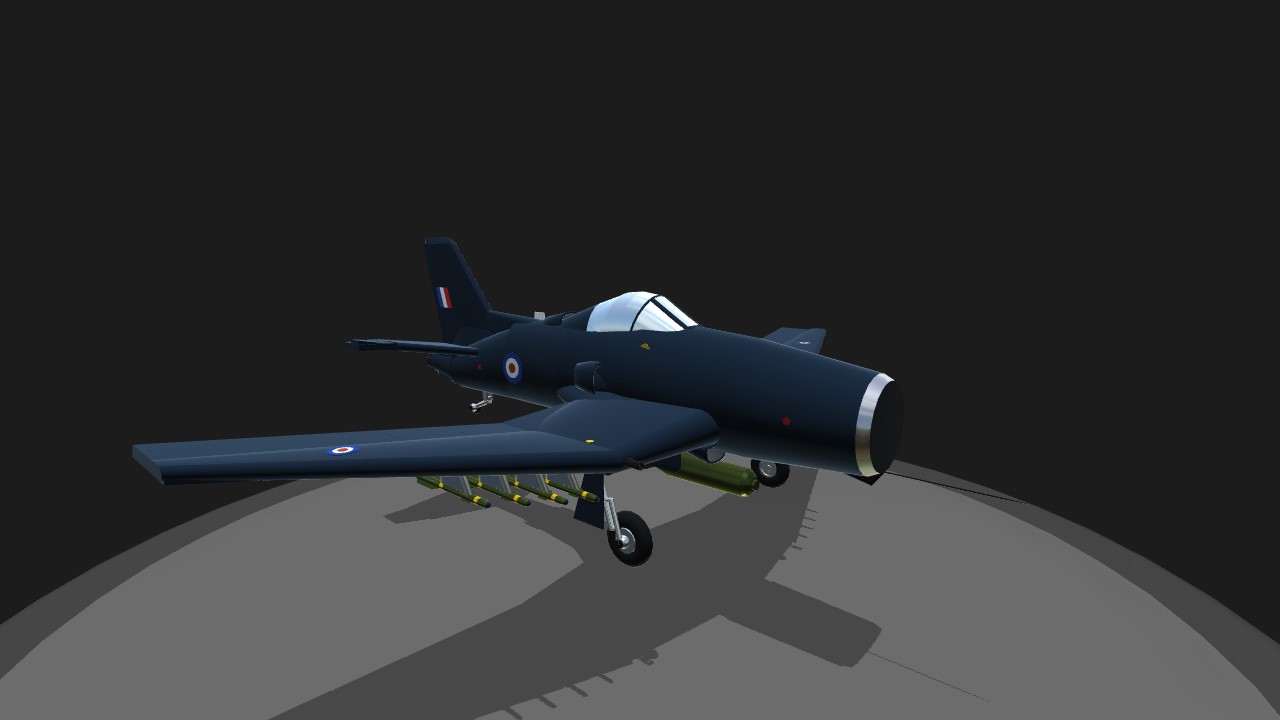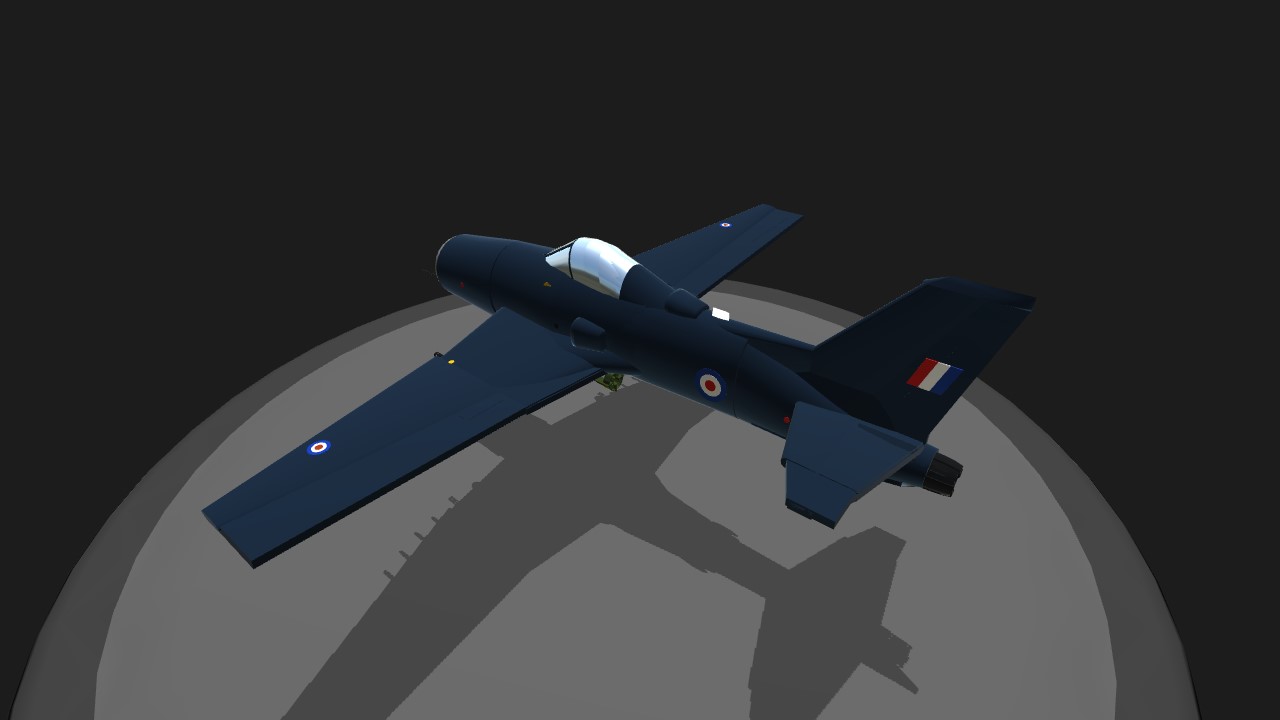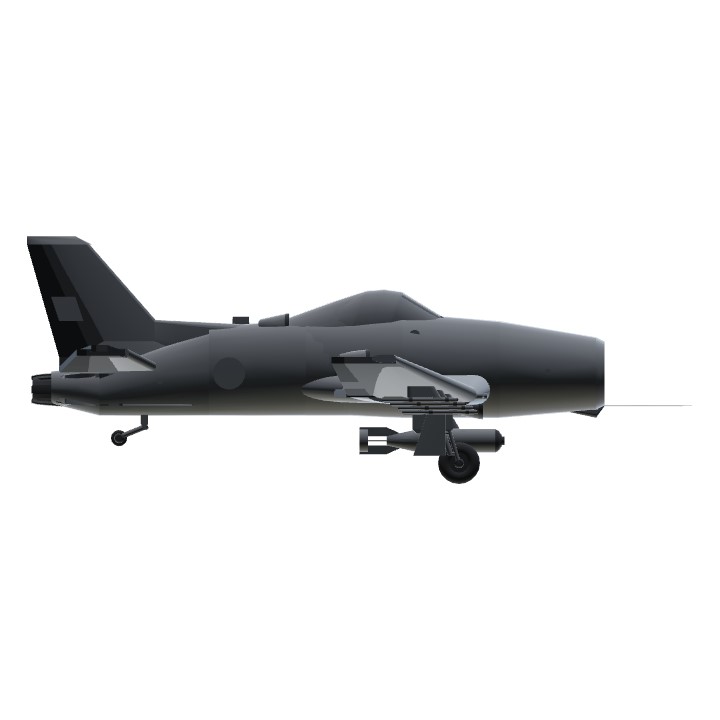This is my take on an experimental jet upgrade to the Westland Wyvern.
The Westland Wight was developed in response to Air Ministry Specification N.11/44 for a long-range naval fighter in 1945 alongside the Westland Wyvern. The Wight was seen as a more practical solution and could also fulfil a parallel specification for the Royal Air Force, F.13/44, for which Hawker submitted the competing P.1027, a development of the Tempest. The RAF variant was cancelled, when in 1945 it was decided that all future fighter aircraft would be jet-powered and the Wight was seen as a sensible alternative.
The Wight was no faster than piston engined fighters of the time but was highly manoeuvrable and could carry a heavy payload and was one of the first fighters to feature an ejection seat.
The name Wight means ghost or spirit.
Specifications
General Characteristics
- Predecessor Westland Wyvern
- Created On Windows
- Wingspan 36.6ft (11.2m)
- Length 33.9ft (10.3m)
- Height 12.6ft (3.8m)
- Empty Weight 12,571lbs (5,702kg)
- Loaded Weight 16,754lbs (7,599kg)
Performance
- Power/Weight Ratio 2.682
- Wing Loading 46.3lbs/ft2 (226.0kg/m2)
- Wing Area 362.0ft2 (33.6m2)
- Drag Points 8050
Parts
- Number of Parts 152
- Control Surfaces 15
- Performance Cost 782





